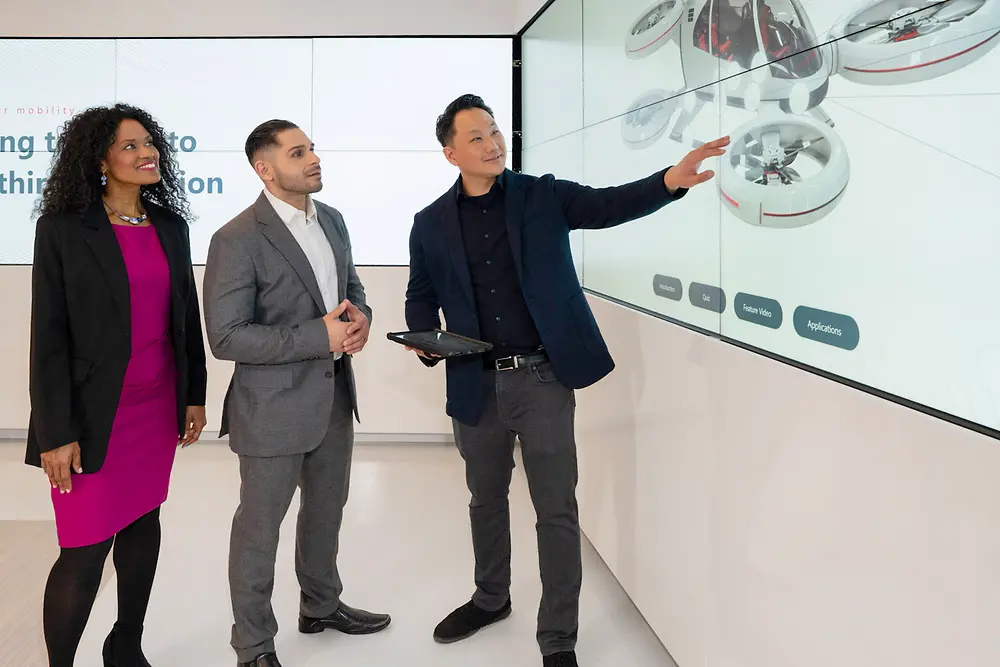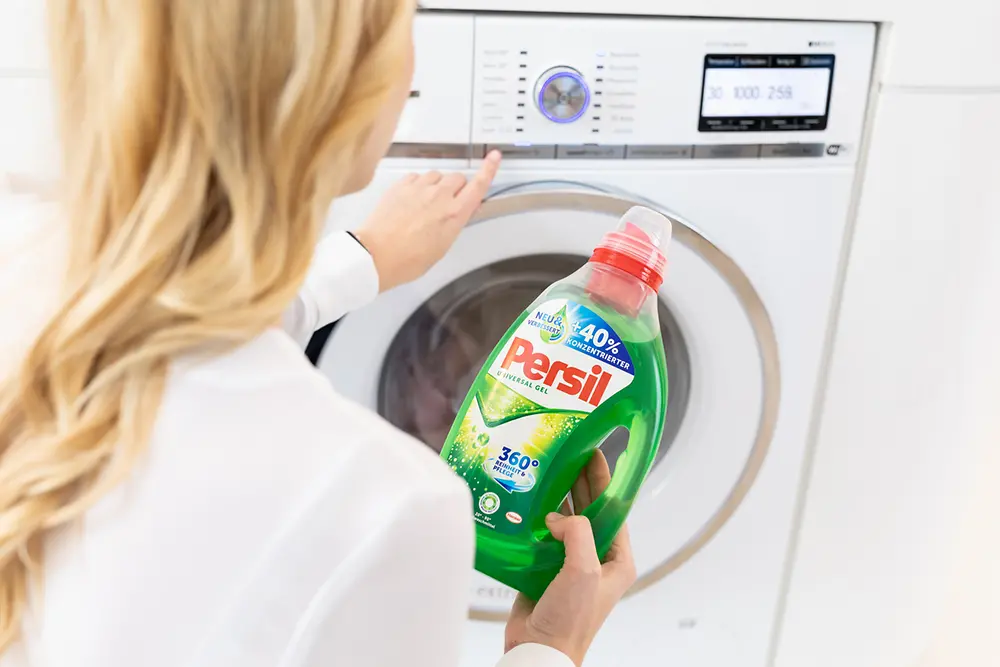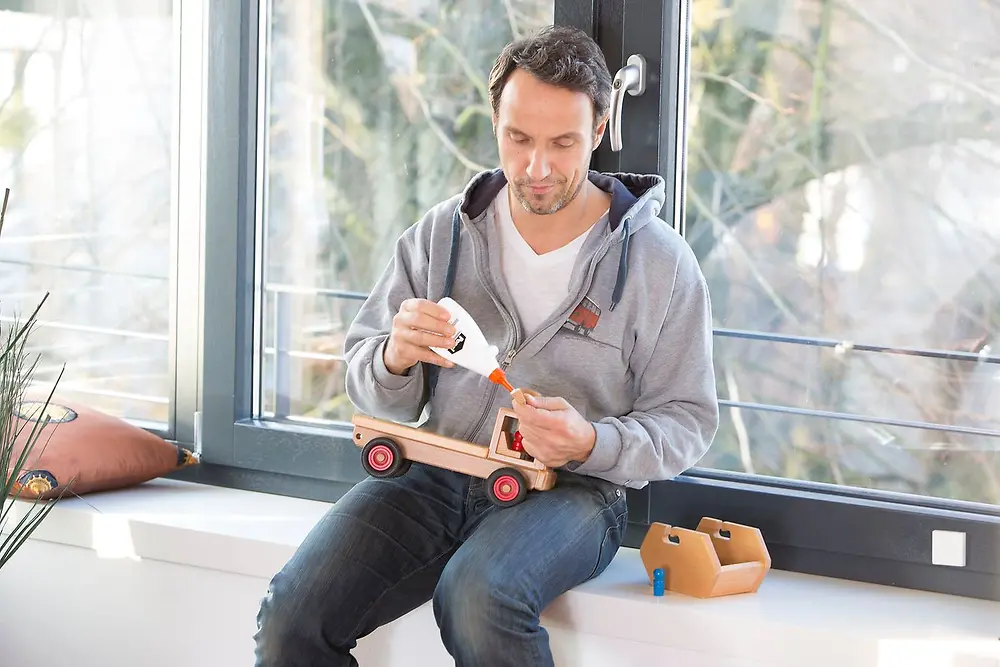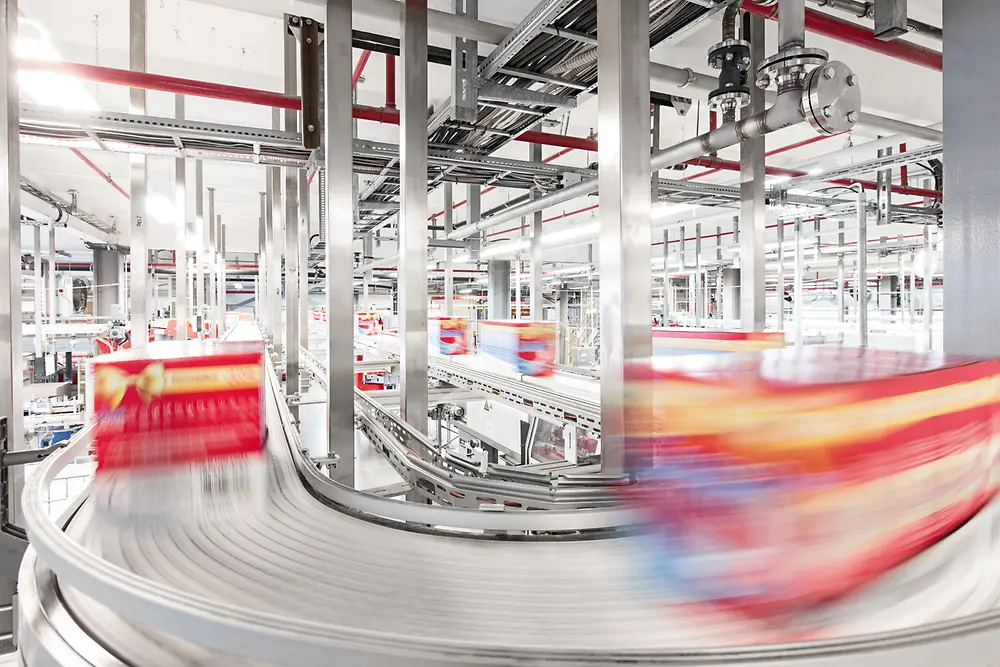To step up to this challenge, consumers need to believe that sustainability is a top priority – and evidence suggests attitudes are shifting in this direction. In the 2021 Global Consumer Insights Pulse Survey by PricewaterhouseCoopers, 50 percent of over 8,600 respondents worldwide said they had become more eco-friendly since the previous survey in October 2020. This indicates a big leap in the level of focus on environmental issues when people choose products and services.
However, what consumers say is often very different to what they do. “Environmental concern is definitely growing among people in most markets around the globe,” says Prof. Dr. Rüdiger Hahn, Chair of Sustainability Management at the Heinrich-Heine-University in Düsseldorf. “But this is just one of several factors involved in purchasing decisions – alongside price, quality, convenience and many others. That means increasing environmental awareness doesn’t always result in more sustainable consumer choices or behavior. We call this the intention-behavior gap.”
Companies can help to close this gap by designing innovative products that last longer, require less energy, and generate less waste and emissions. At Henkel, sustainability criteria are anchored into every element of our product development process. We have also set ourselves the ambitious goal of helping our customers and consumers to save 100 million tons of CO2 by 2025, and we actively encourage sustainable behavior through our brand communications. In this way, we aim to tap into the huge potential positive impact of our products – which are used millions of times worldwide every day.
Low-temperature detergents are a great example. Heating up water is the most energy-intensive part of the laundry process, and emissions are generated to produce that energy. Lowering the temperature from 40 to 30 degrees Celsius can cut energy use per wash load by up to 40 percent. Our product development activities place a particular focus on removing stains at lower temperatures to achieve outstanding cleaning results, even when using cold water.
Washing at low temperatures can save a lot of energy.
Sustainable haircare products from Henkel also help consumers to use less warm water and reduce the related emissions. Leave-in conditioners and dry shampoos from brands like Schwarzkopf and Syoss do not need to be rinsed out with warm water. In 2020, the products we sold in this category enabled consumers to save around 200,000 metric tons of CO2.
Our innovative adhesives make another valuable contribution to supporting more sustainable lifestyles. Easy-to-use glues make it possible for consumers to repair products and household objects, instead of throwing them in the trash and buying a replacement. Loctite 60 Seconds, for example, is extra strong and works on a wide range of different materials within just one minute.
Our adhesives make repairing household items easy for consumers. This saves money and resources.
Partnerships for sustainability
We also support sustainable consumption patterns by creating connections between companies at every step in our global value chain. This includes working with retailers to promote environmental responsibility at the place where people buy our products. Refill stations for our detergents, cleaning products, shampoos and shower gels are enabling consumers to reduce waste by reusing packaging. Customers simply buy a container, fill it up, then bring the empty bottle back to the store and refill it.
Experts from across our teams also share their knowledge with partners to encourage sustainable innovations in a wide range of industries. In 2020, we hosted the Henkel Packaging Adhesives Sustainability Forum, a virtual conference that aimed to boost progress toward smarter and more sustainable packaging solutions. Almost 2,000 participants from more than 700 companies attended the two-day event, including representatives from every stage in the value chain – from raw material suppliers through to packaging producers and converters, brand owners and recyclers. After the successful debut in 2020, this event was taking place again in an expanded format in November 2021.













